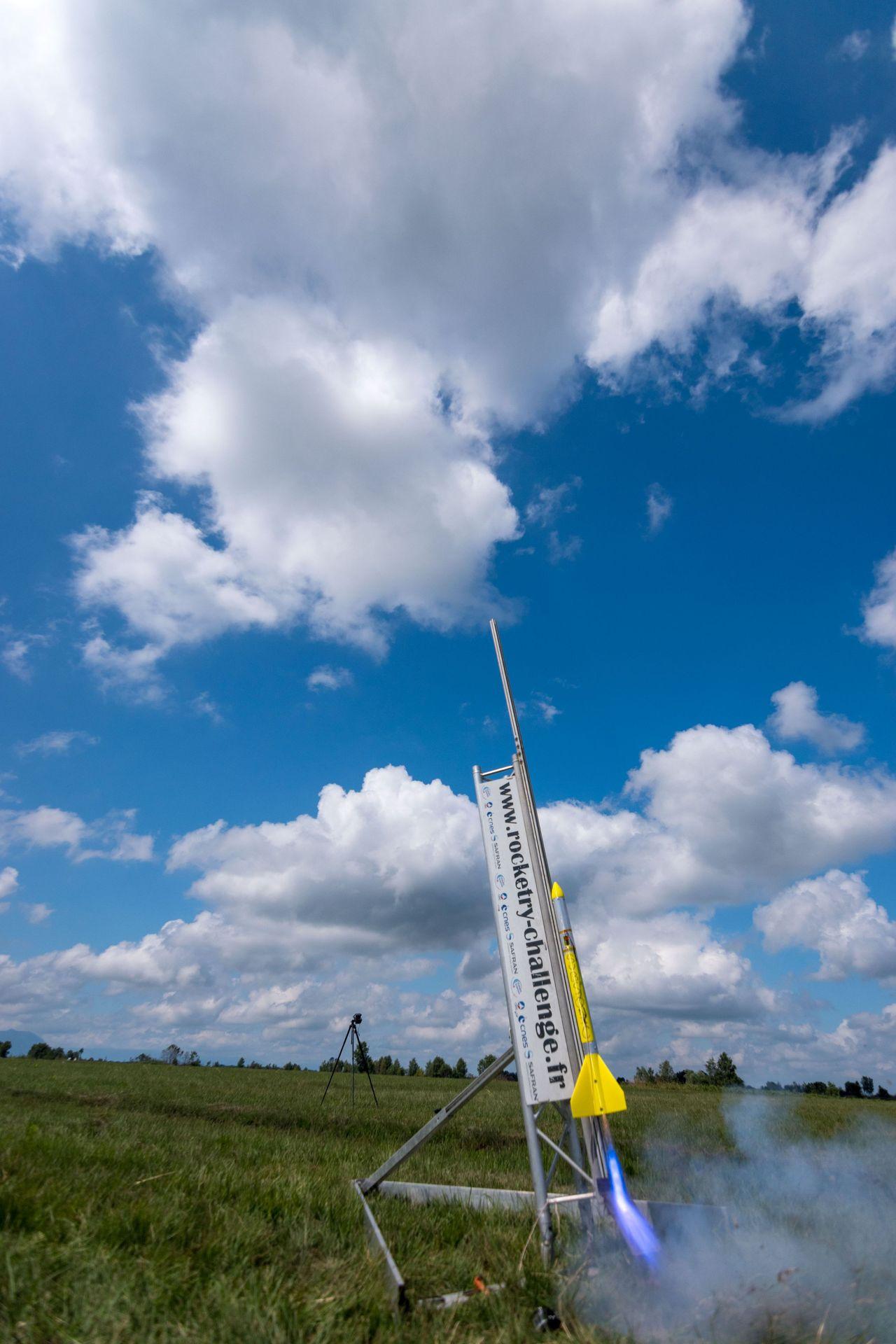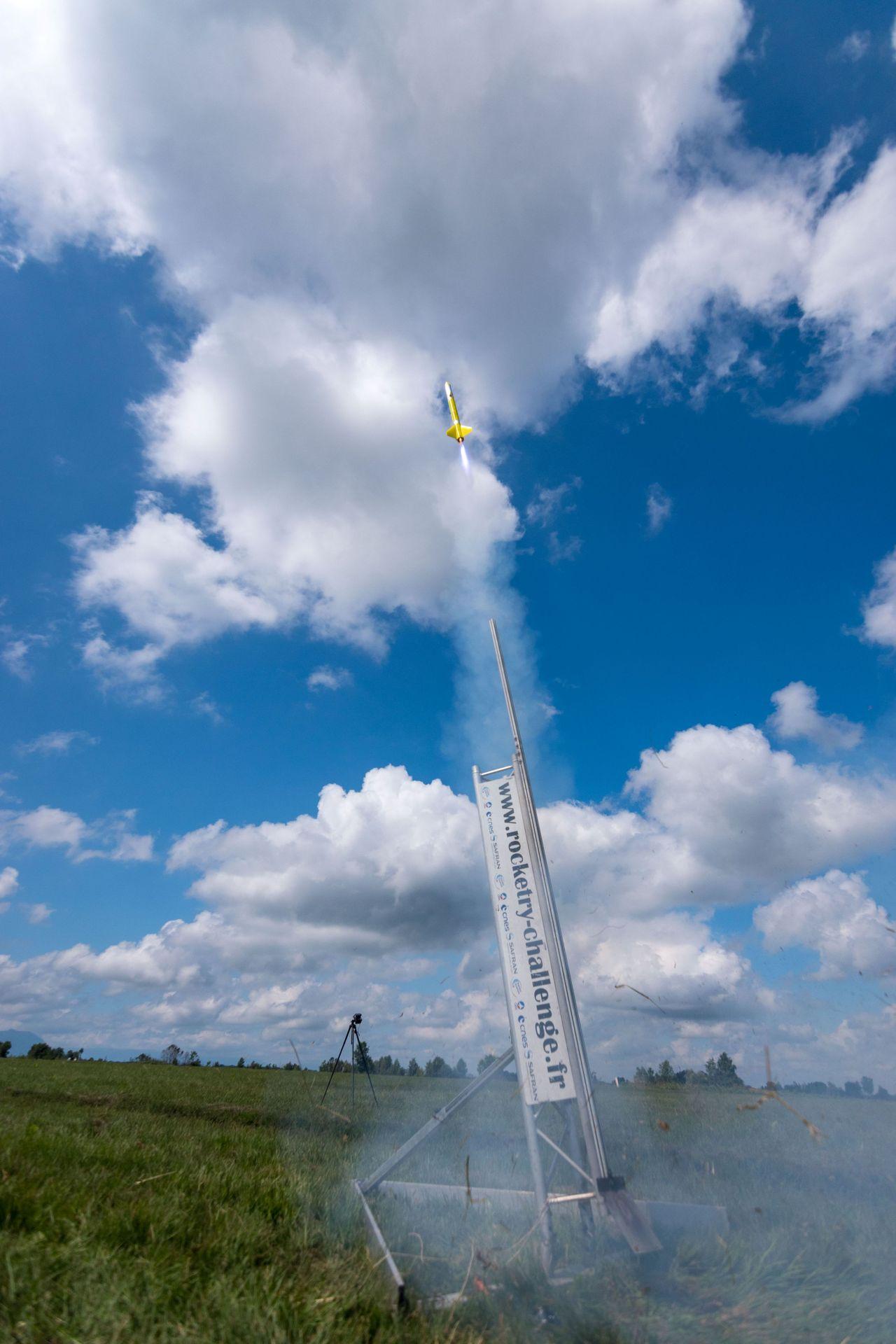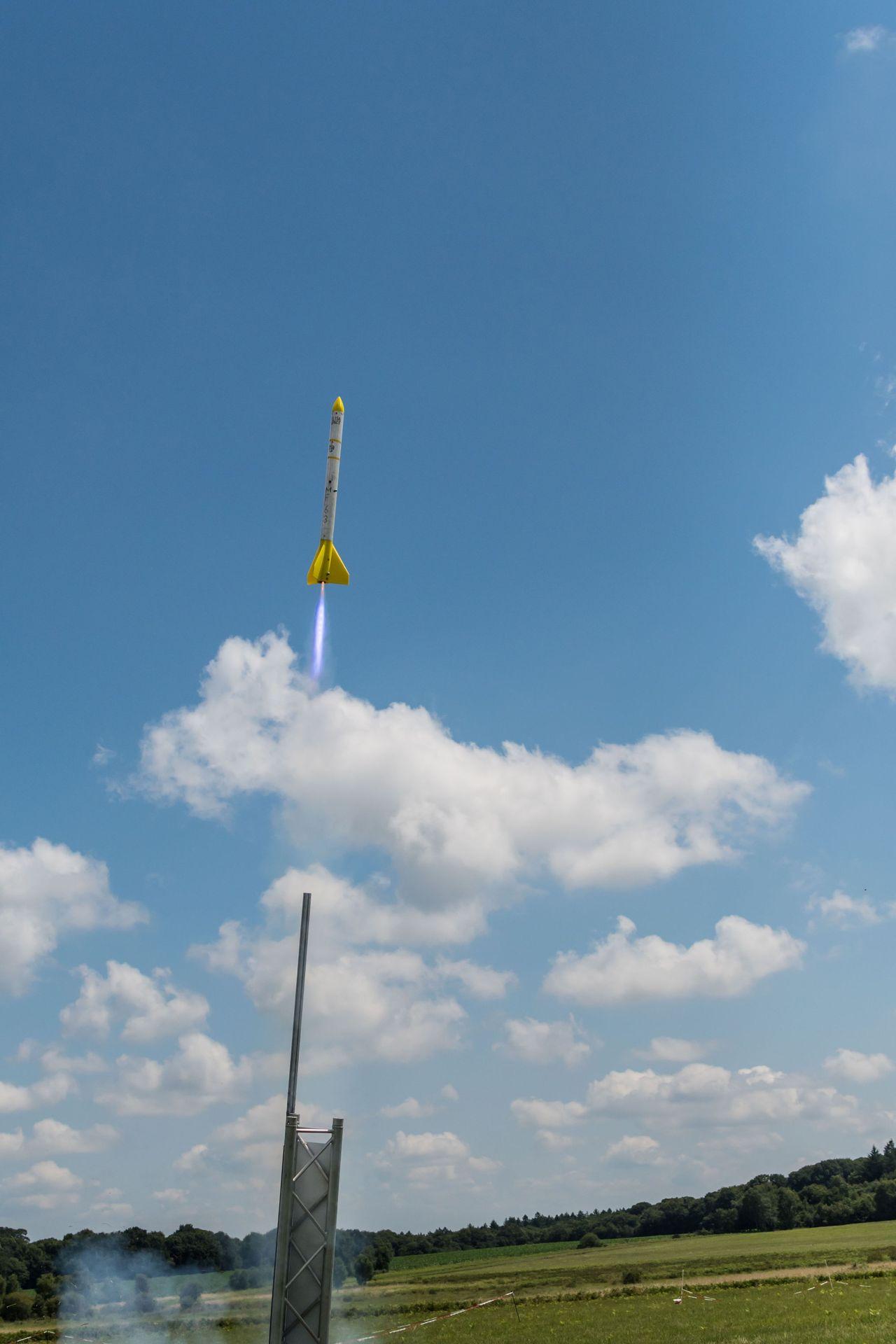SubSonic - Mini-Rocket Project
A student project aiming to design, build, and launch a mini-rocket at C'Space.
Creation of a Model in OpenRocket
A model of the mini-rocket was developed in OpenRocket, which allowed the determination of key parameters such as:
- Apogee (maximum altitude reached)
- Acceleration
- Positions of the center of mass and center of pressure, essential for evaluating the rocket's stability.
The model was updated throughout the project and served as a reference for the final validation before launch.
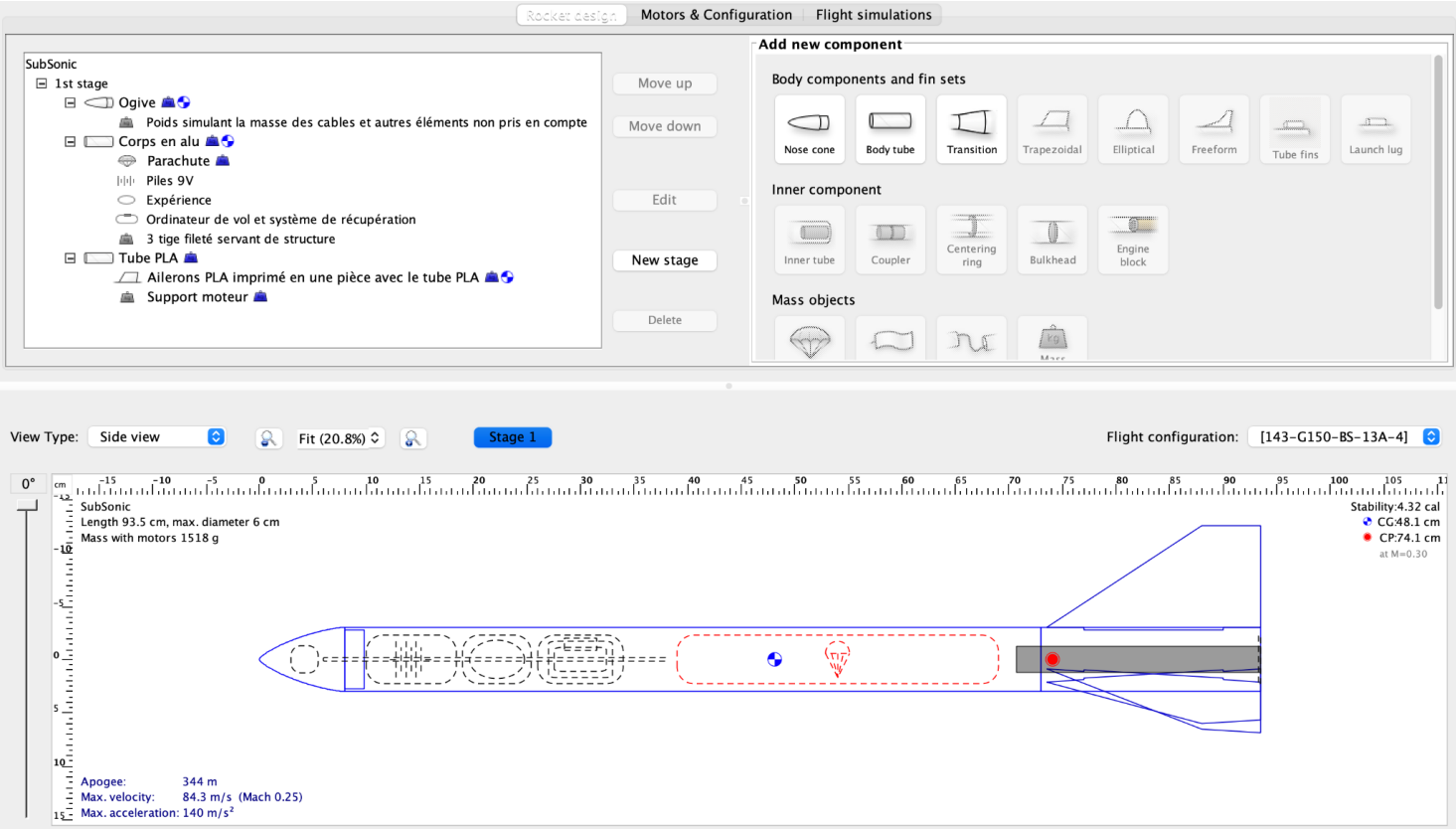
Two-Part Design
The rocket was designed in two distinct sections, allowing two teams to work in parallel and remotely before assembling the rocket during in-person meetings.


Internal Structure and Electronics
The rocket's internal structure was designed to be modular. It relies on an architecture composed of:
- Threaded rods fixed to the nose cone
- Rings used to attach the electronics boards and the servo motor for the parachute hatch opening
The electronics are divided into two parts:
- The onboard computer, responsible for managing the timeline and parachute deployment
- The scientific experiment, consisting of an altimeter, a gyroscope, and a pressure sensor
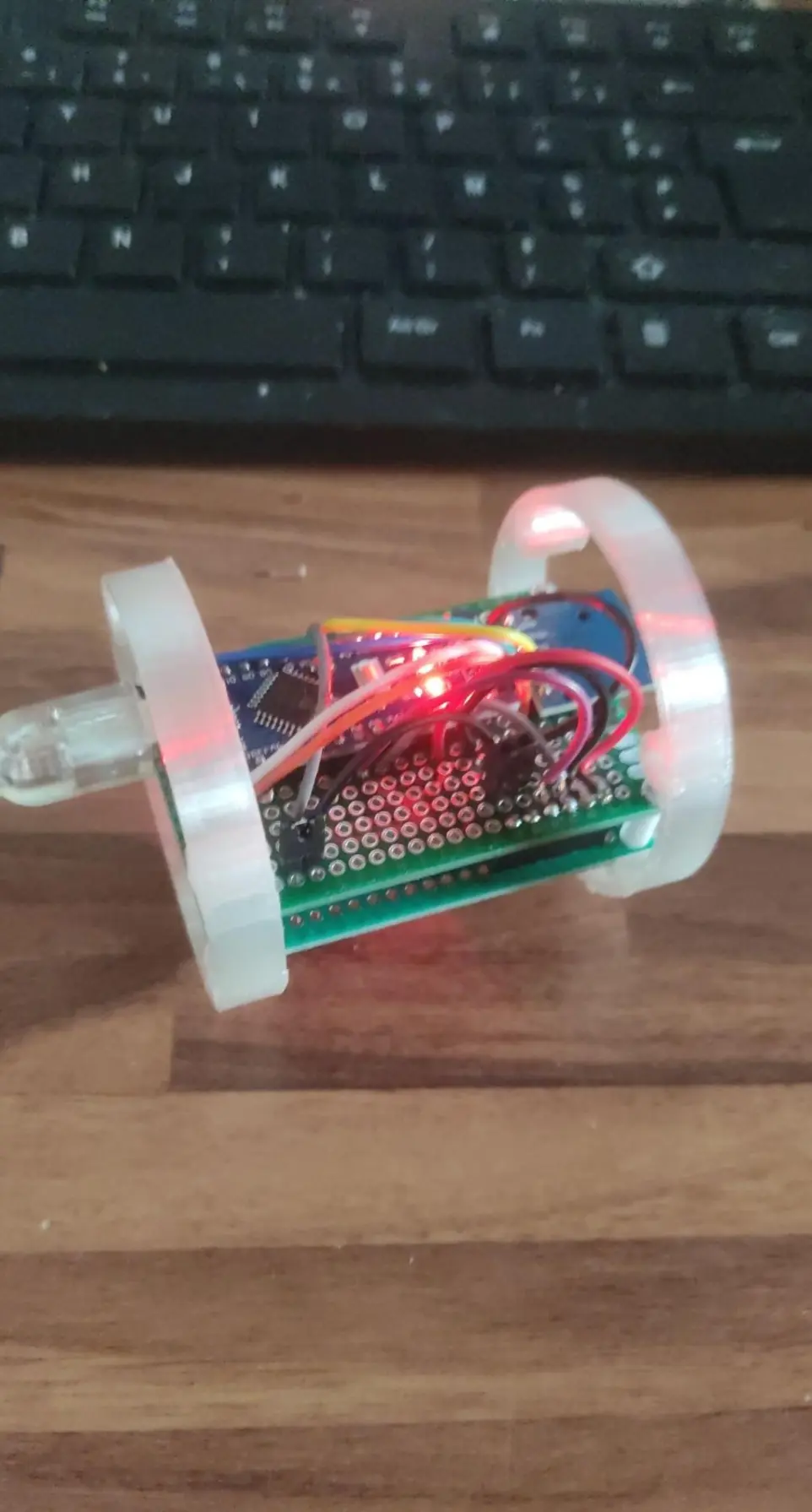
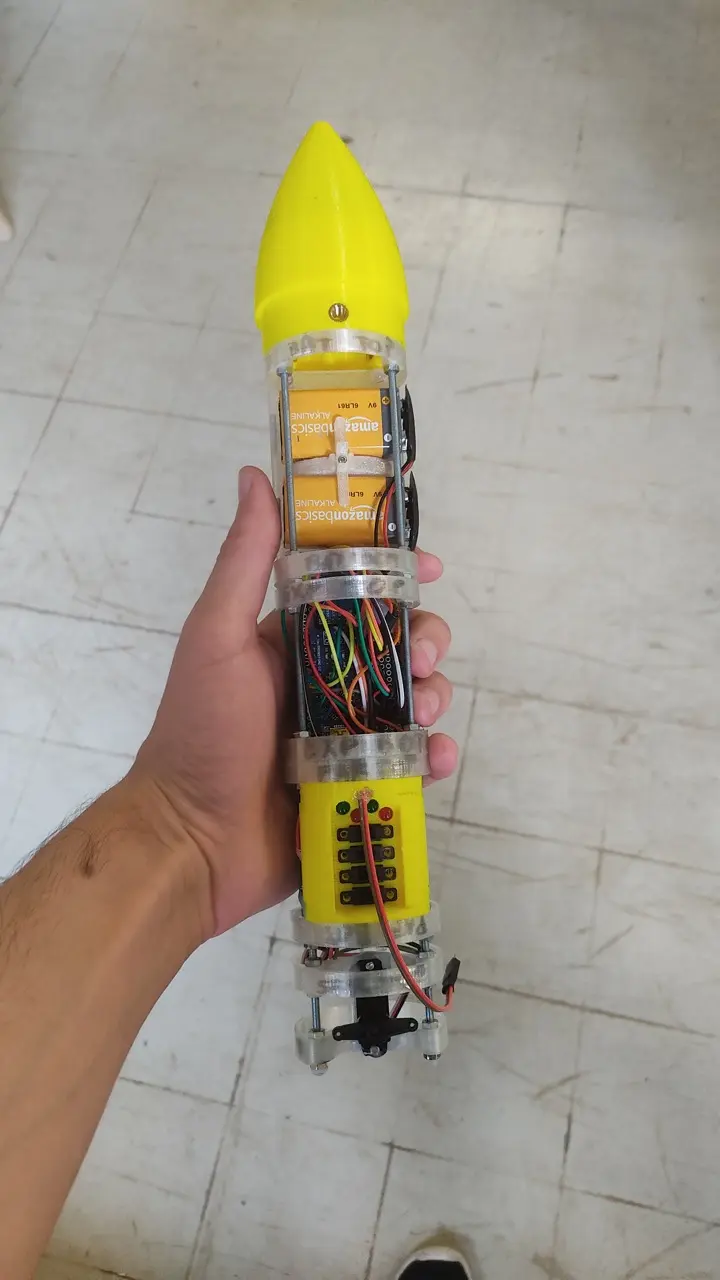
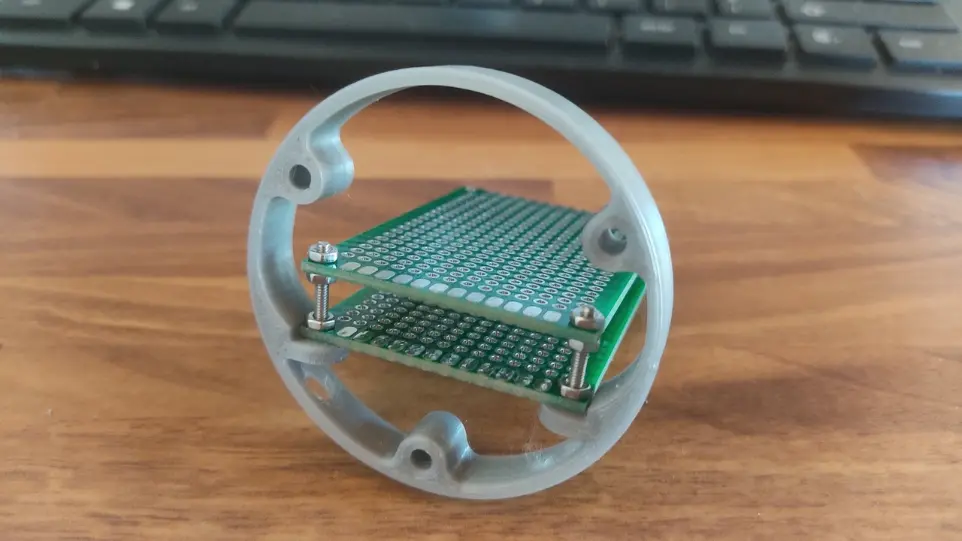
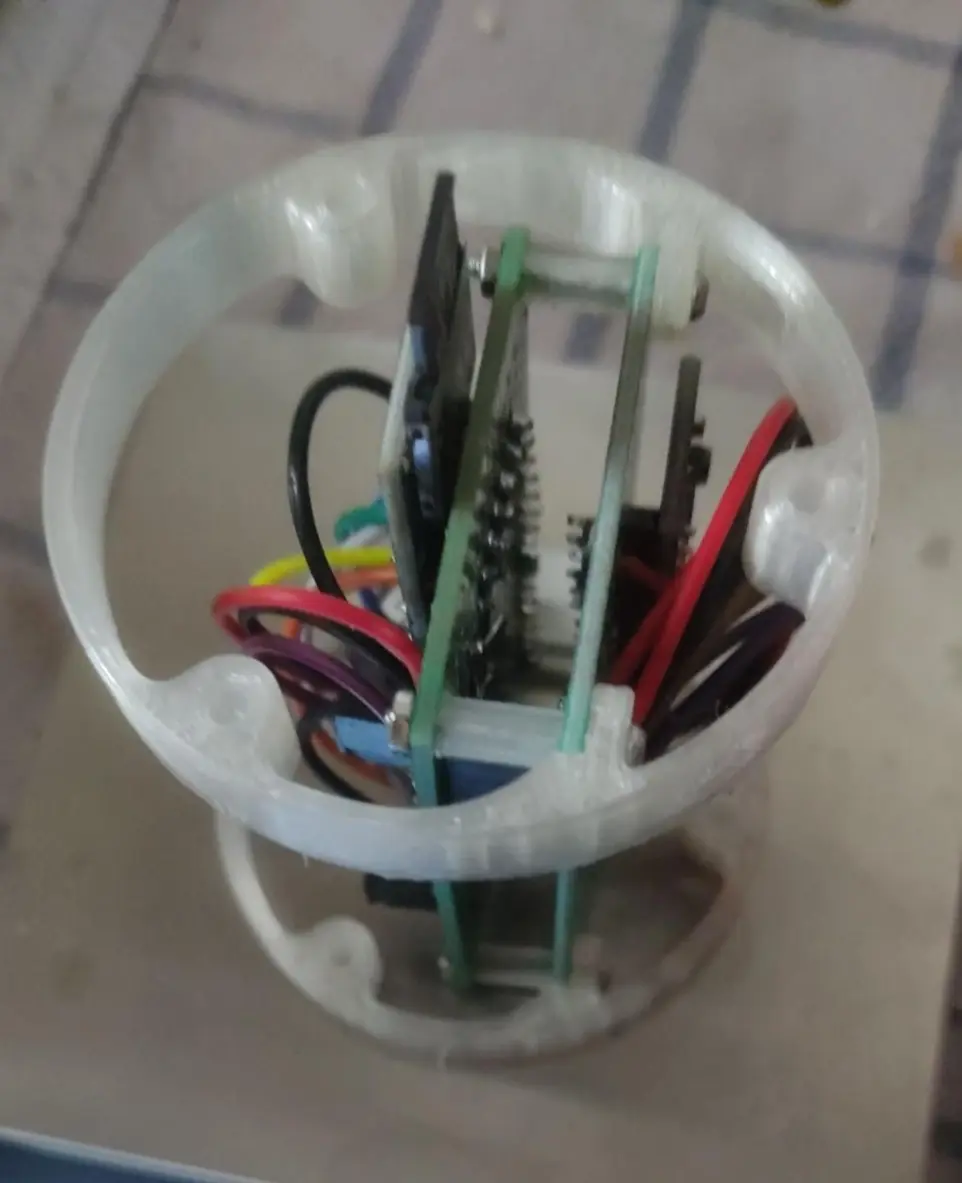
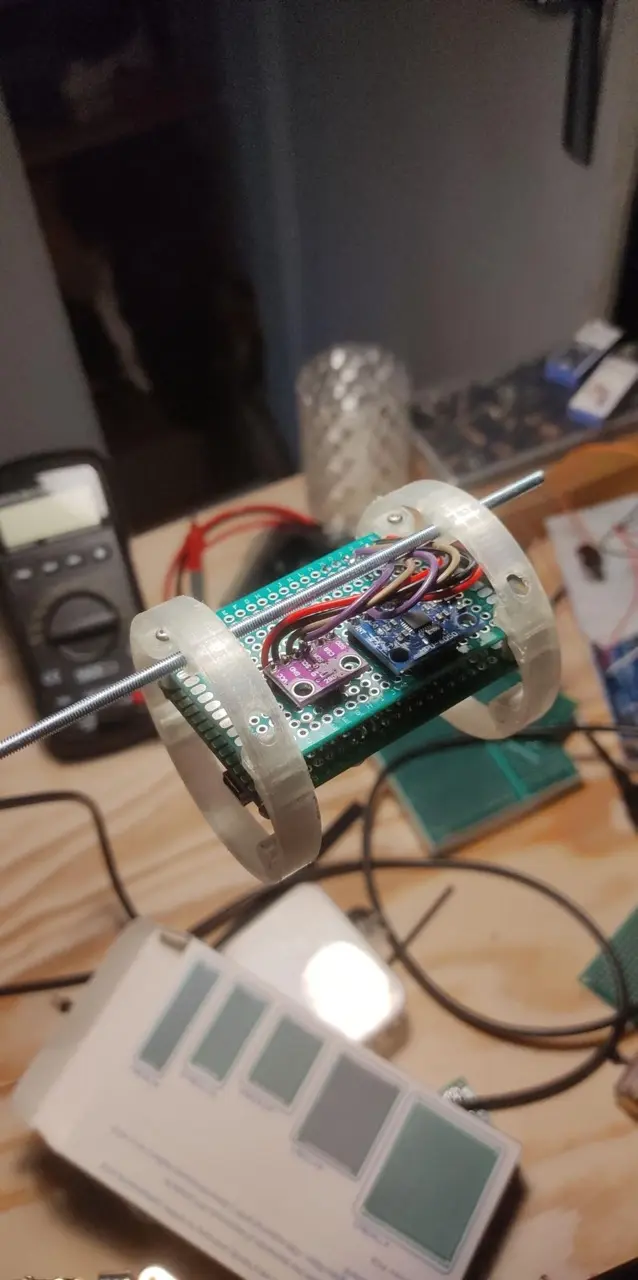
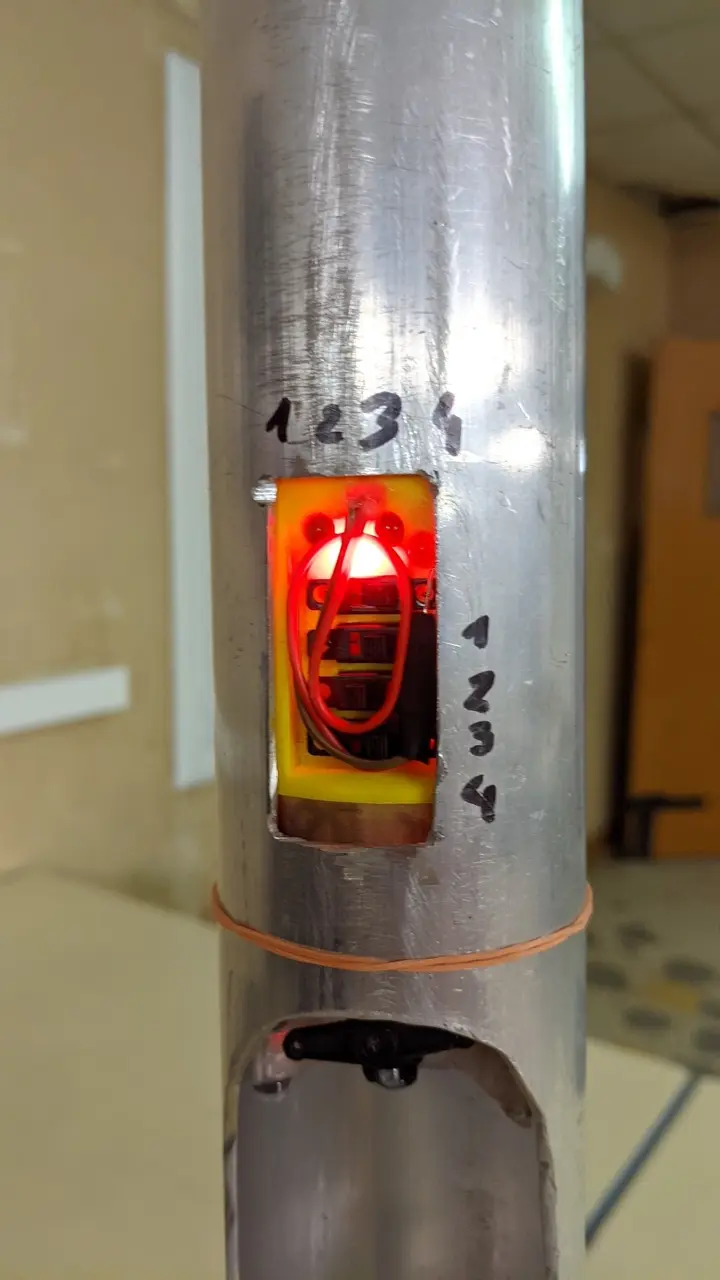
External Structure and Parachute
The external structure is made of an aluminum tube, serving as the main body of the rocket. It houses:
- The parachute hatch
- The rocket's start interface
- The square parachute, attached to the rocket body and the hatch via a lifting ring
- The fins, 3D printed as a single block and fixed to the rear of the rocket, contributing to flight stability and thrust recovery
The engine is also installed at the rear, providing propulsion for the rocket.
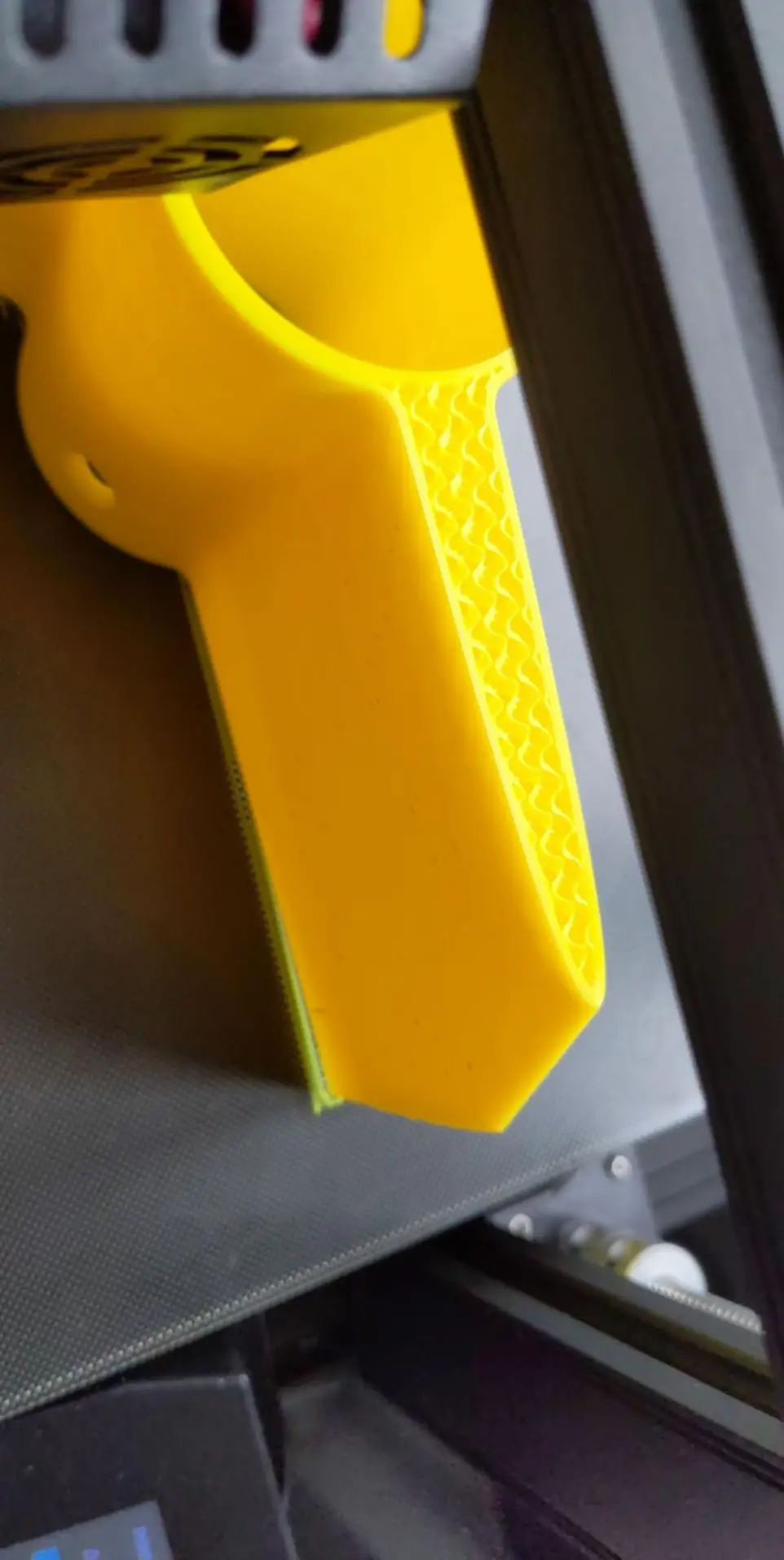
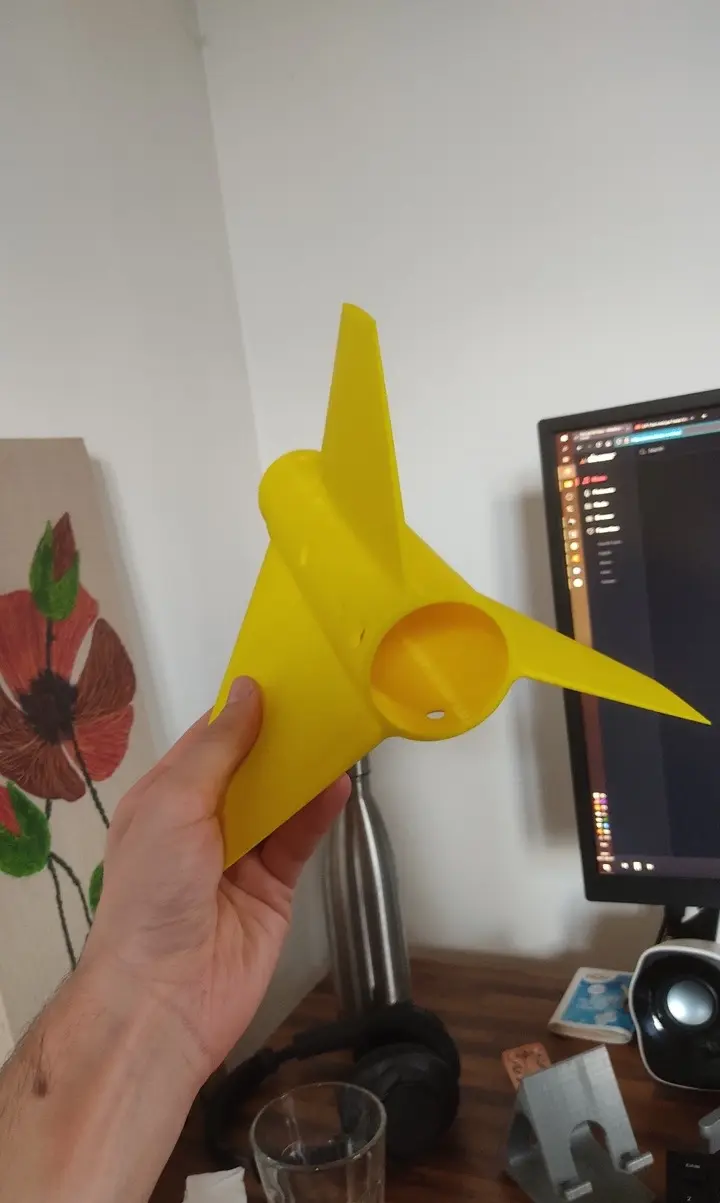
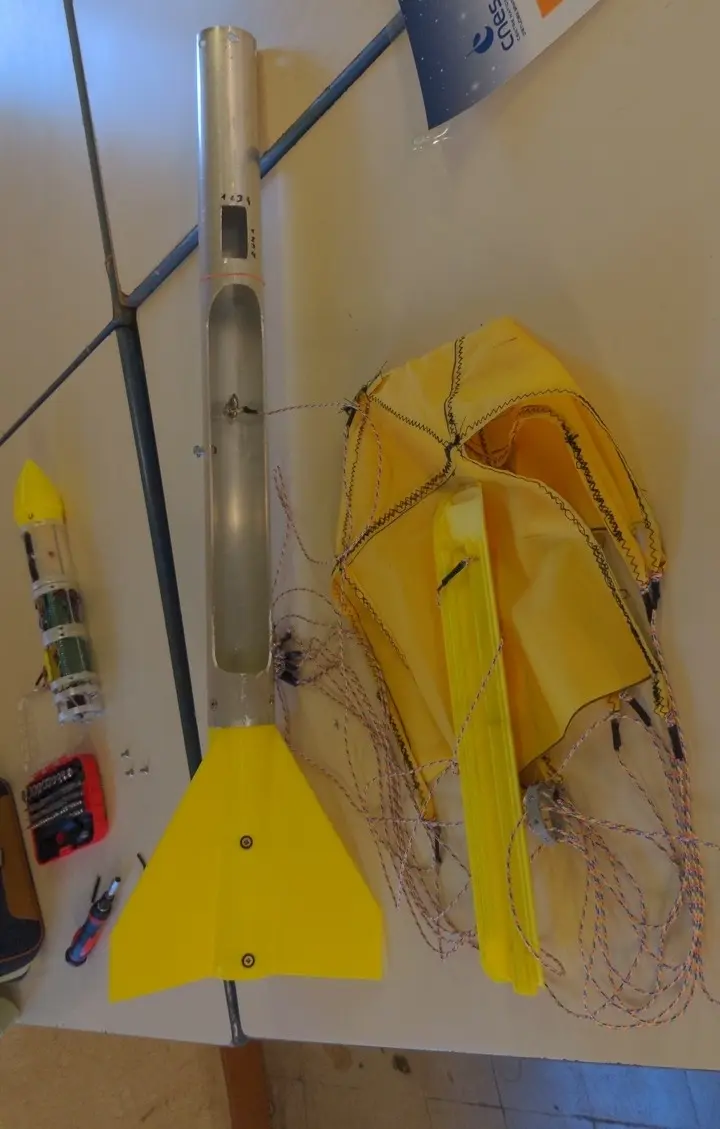
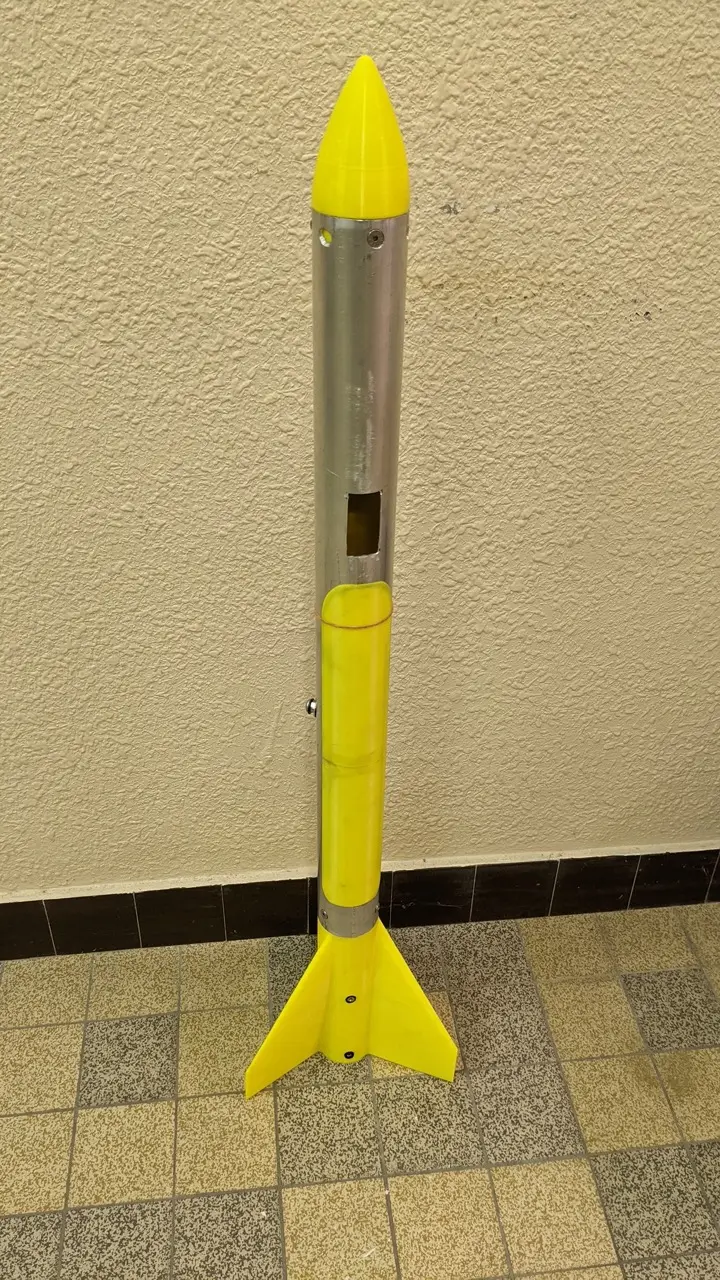
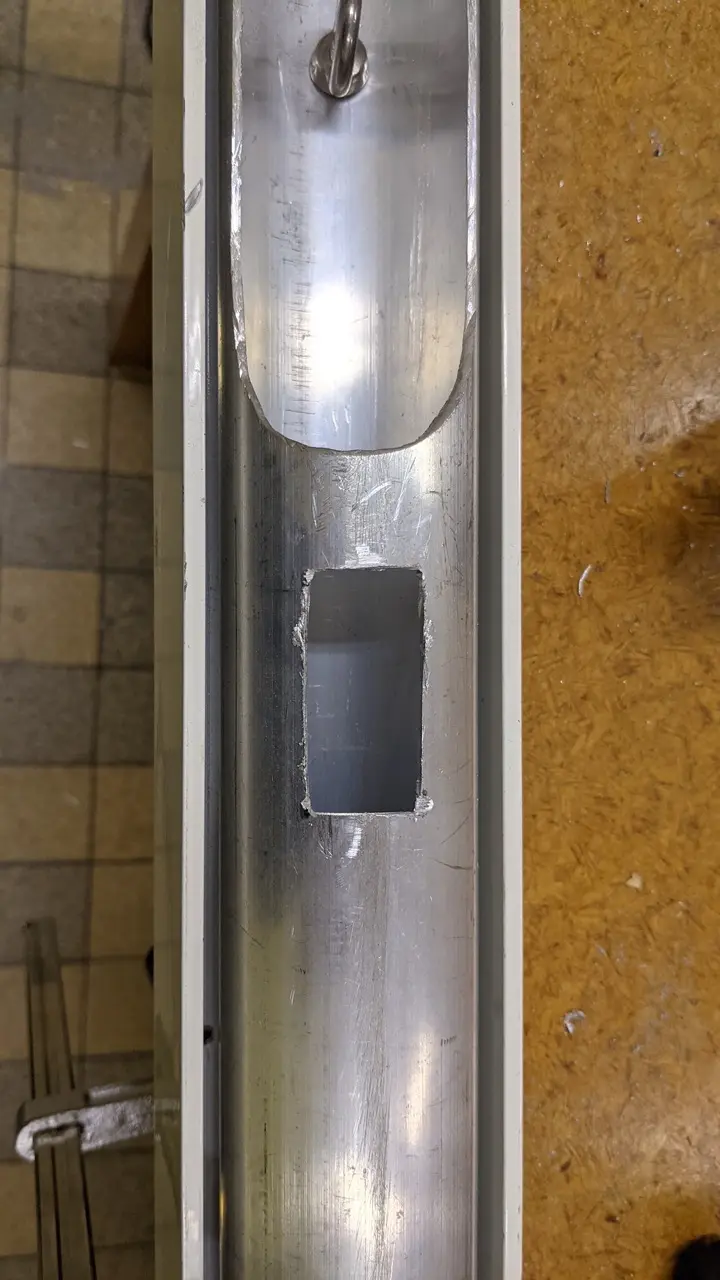
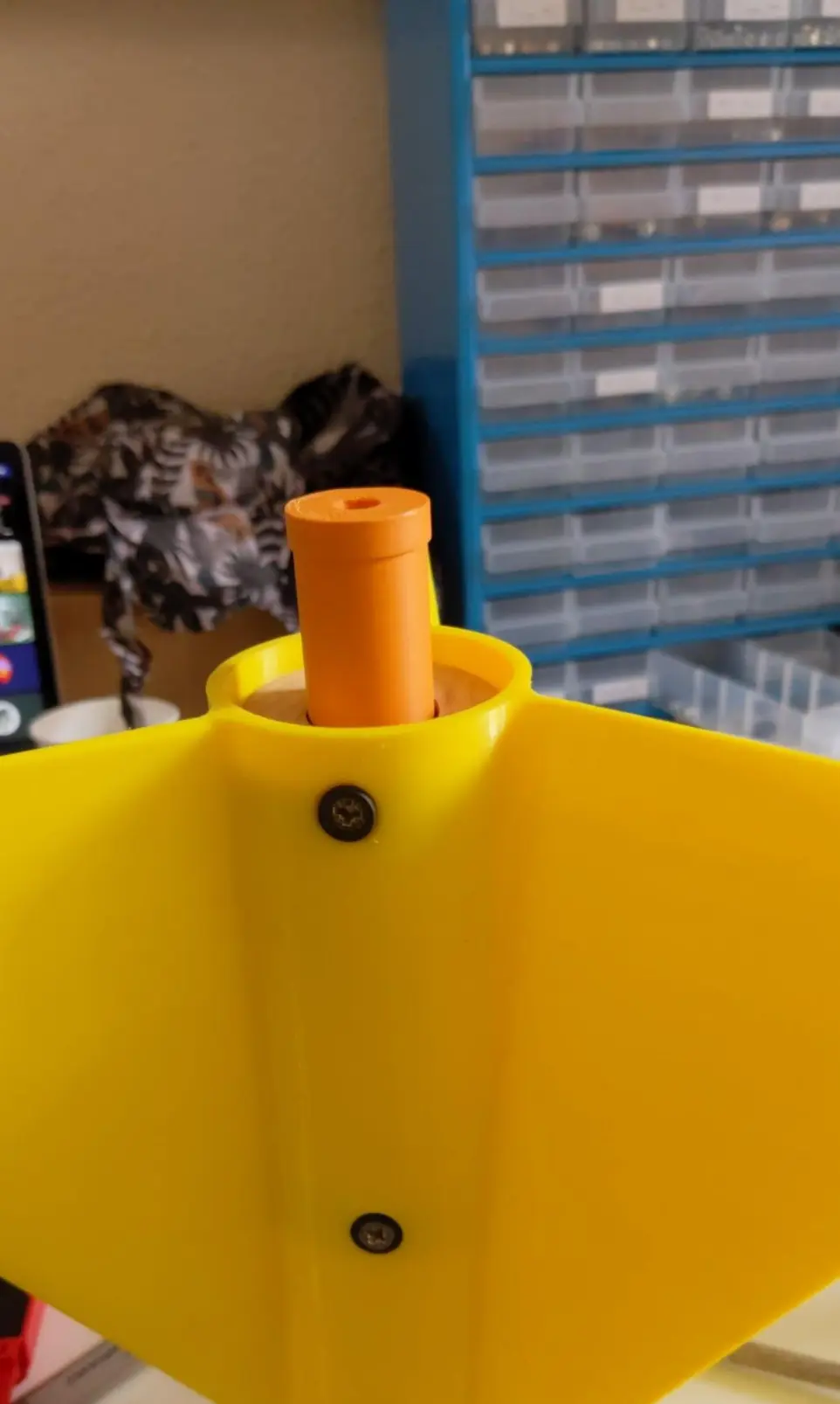
Successful Flight at C'Space in 2021!
